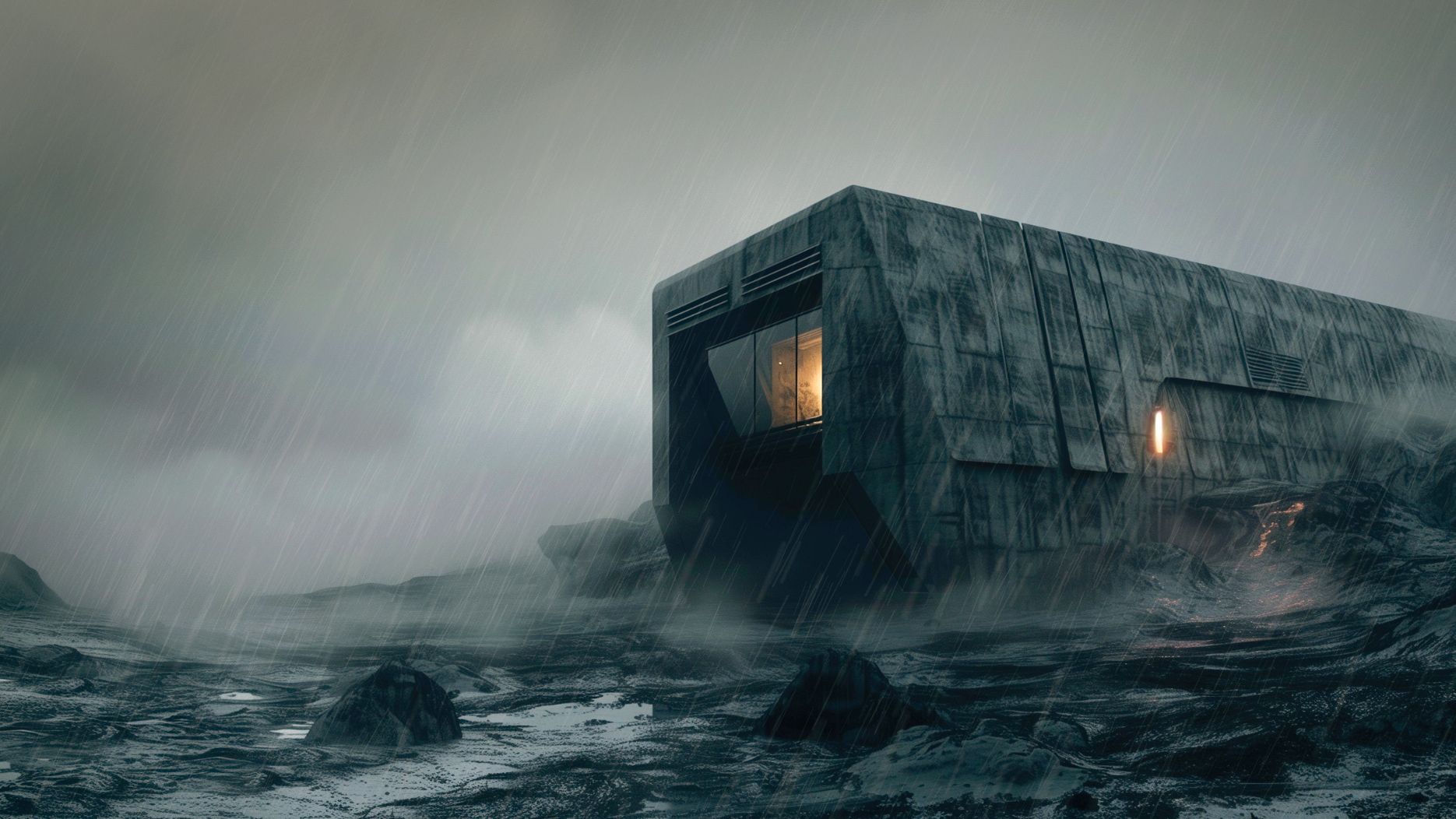Interview: Morag Myerscough
How colour can make every environment better: the graphic design artist that brings joy to the greyest corners of cities.

Morag Myerscough is anything but subtle. The London-based artist’s oversized, neon, geometric designs burst with joy and energy, and have the power to put a smile on the face of anyone who sees them. Founder of Studio Myerscough, Myerscough has applied her inimitable style to a range of projects, from the Barbican Centre’s wayfinding scheme, to a ‘Super Hot’ temporary amusement arcade, to art commissions for the bedrooms at Sheffield Children’s Hospital and incredible street art across cities.
We caught up with her to learn about her take on the role of the graphic designer, how she found her style, and why her work is really all about helping people belong.
Click on the icon at the top-right of the image to enlarge it.
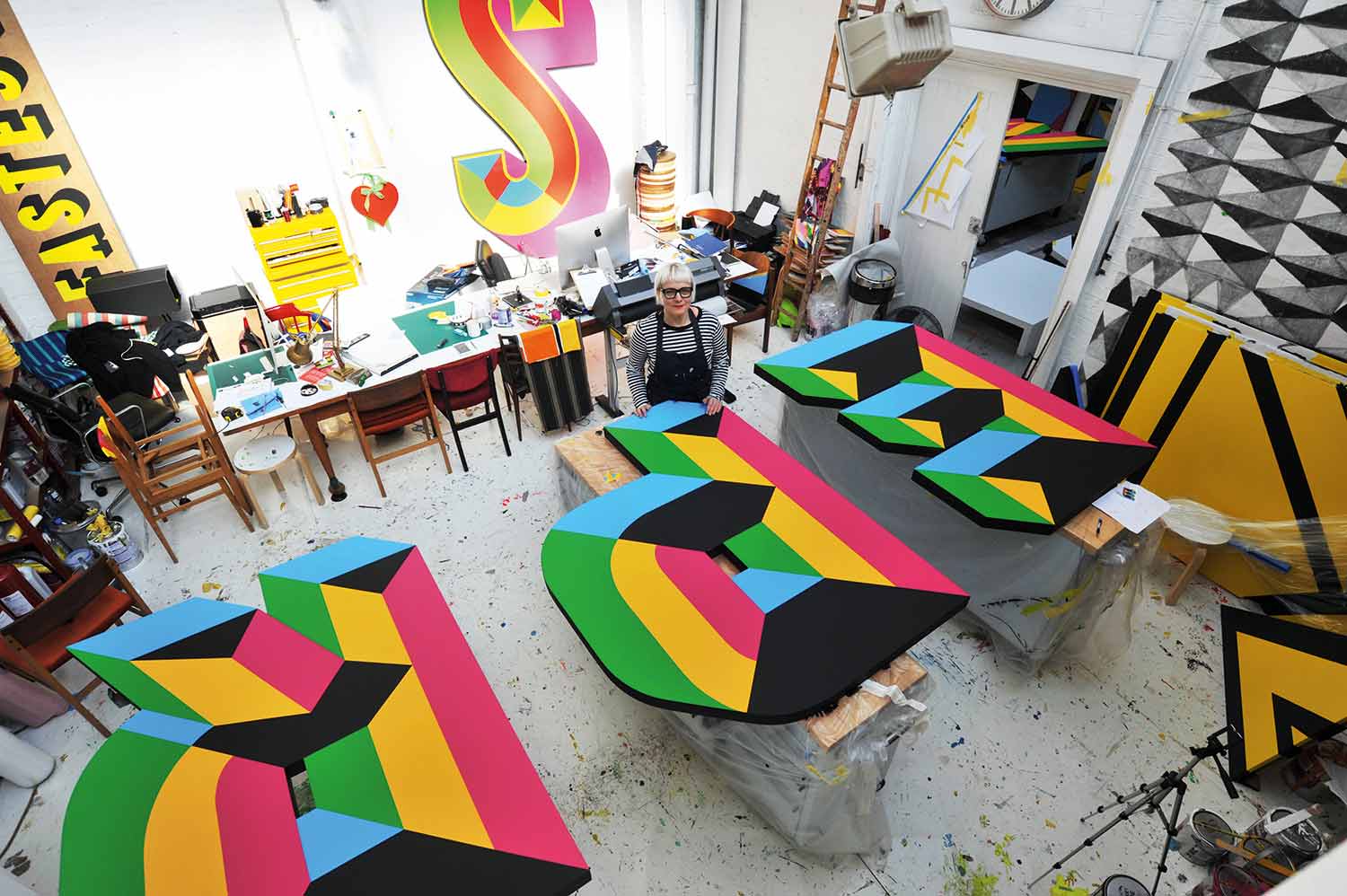
What do you want to achieve with your work? Is there a particular response you hope for from viewers?
The main aim is that people aren’t indifferent to it. I want people to react. I totally understand some people might hate my work and I would rather have that than just dismiss it with indifference. I want people to have conversations; to experience something they didn’t expect. That’s why I love making work in public spaces, where people might stumble across a piece of work and have it change their thoughts for the day – ideally for the better.
In hospitals I really do want to brighten people’s days, to raise their moods, to make them feel positive and hopeful. I want to make spaces that feel like home, which people enjoy being in. And ultimately to help people feel better.
You’ve spoken about doing your own thing while at art school and “hiding from tutors”. Are you glad you studied art?
I had a varied time at St Martin’s and the Royal College, but I’m so pleased I went. I had an amazing tutor in the third year of St Martin’s. Geoff Fowle opened my mind and taught me how to think. I couldn’t have asked for more. Then at the Royal College I had time to think and develop my thoughts.
Being anti to what’s around you isn’t a bad thing. You form your own way of doing things. You don’t know why you’re doing it, but maybe what you want doesn’t exist yet at the time. I’m glad I went to art school because it gave me the space and time I needed.
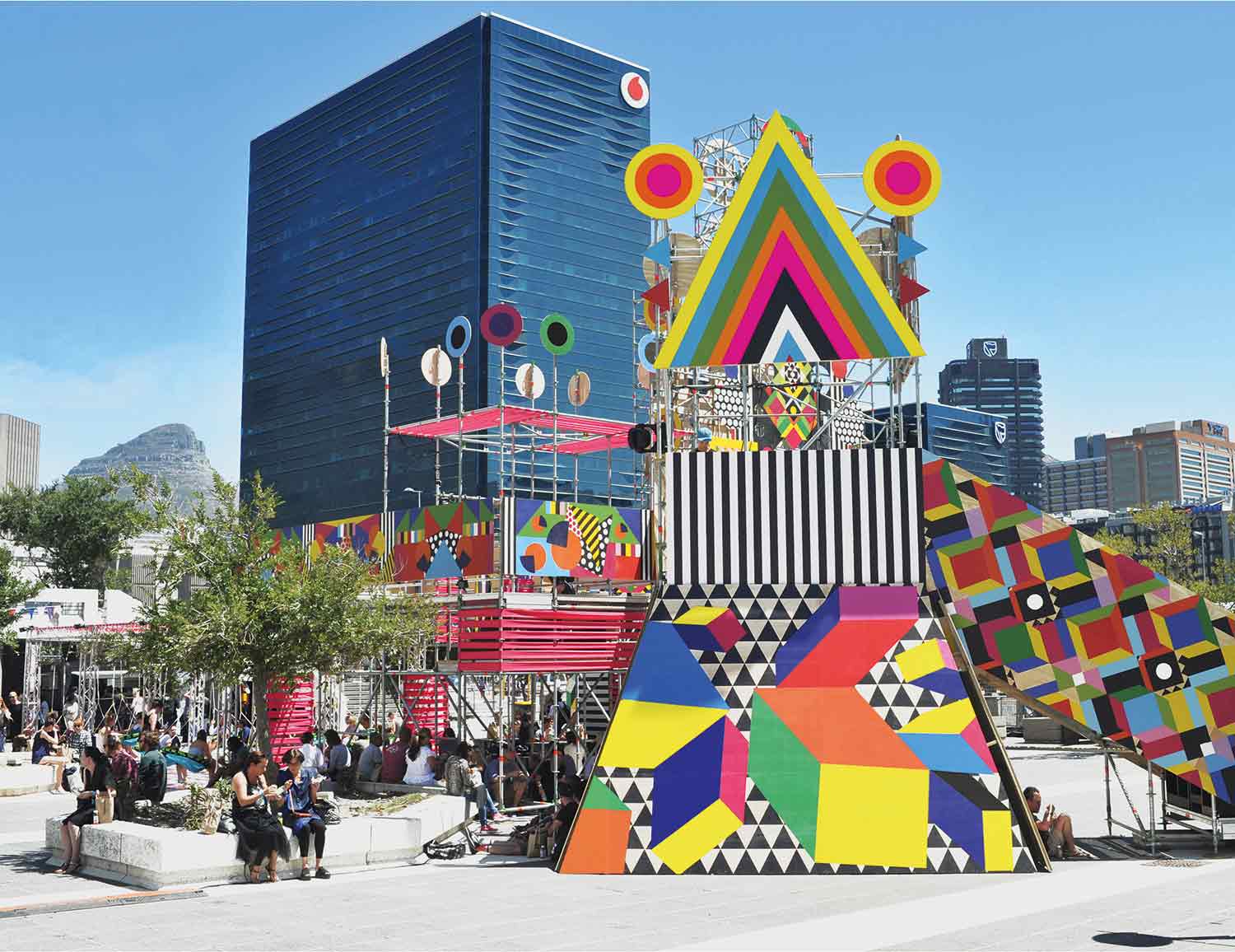
Do you think it’s important for young designers and artists today to have a formal design education?
This is a difficult one. It’s important to do what feels right for you. I don’t think design should be taught in isolation. Or maybe you do a degree in science and then choose to do design, and you bring more thoughts together. There’s no right or wrong way. I do believe design shouldn’t be taught in a way that it’s so connected to specific industries, which may change or become redundant relatively quickly.
It’s important to discover things you might not have been looking for; to make mistakes. Being taught how to see things, how to access information in your brain in a way you hadn’t thought of, is crucial. There doesn’t have to be just one route to finding these things. But time is an important thing and a luxury that education does allow for.
Do you feel that a graphic designer’s role – or people’s expectations of what a graphic designer can do – has shifted since the 1980s?
I don’t want to make sweeping statements about graphic design. I can only speak from my own experience. For me, graphic design as a subject was too limiting when it came to the ‘industry’ and people’s perceptions of the role.
I wanted to make everything and be involved on every level when working on projects. I wanted to do the thinking, not just the layouts or styling at the end. I know graphic design is much more than this and I hope attitudes are changing. I’m not involved in education so I can’t say how much it’s developed. I’ve always been an outsider and found my own space.
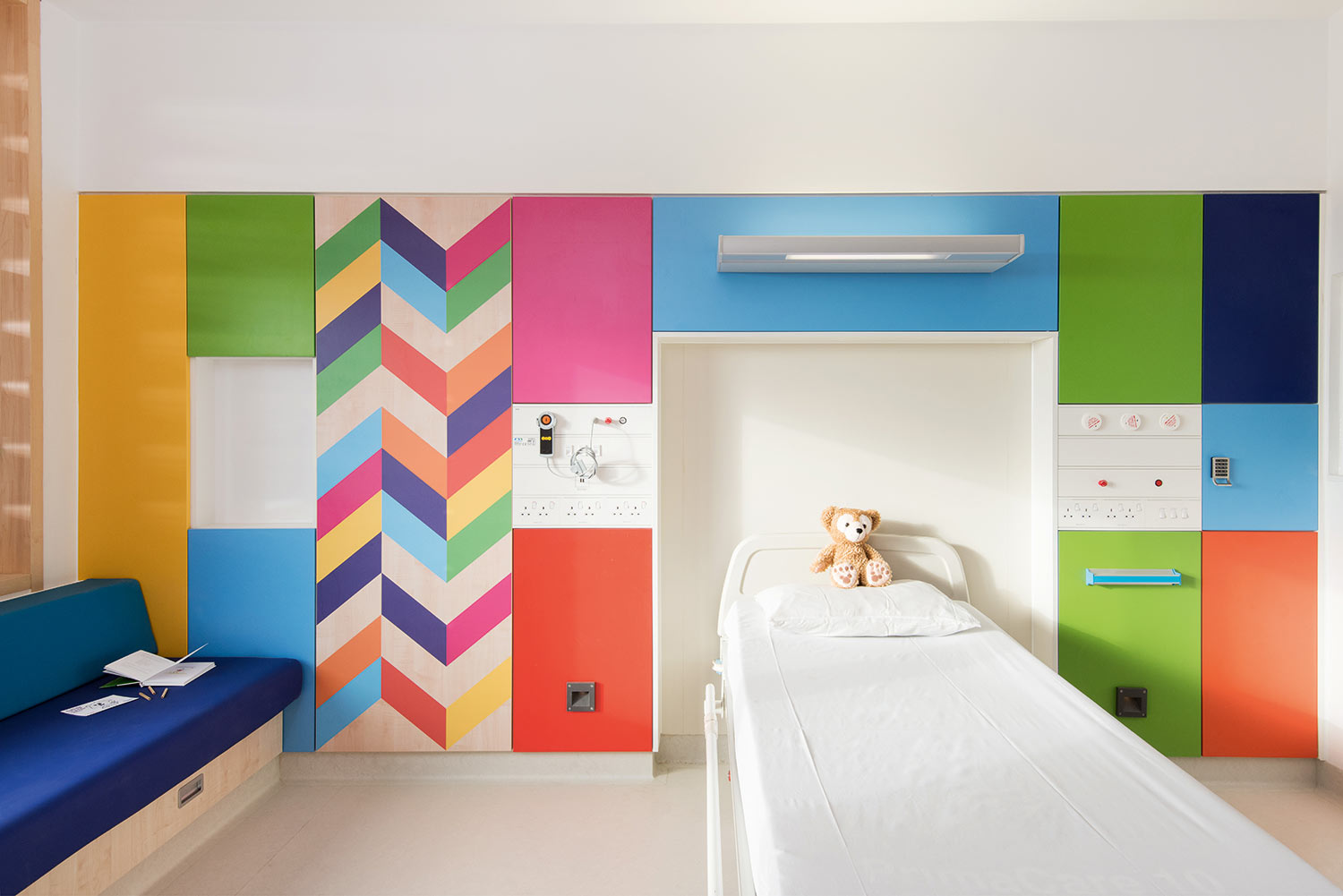
You founded Studio Myerscough back in 1993. What does the studio look like now?
Studio Myerscough is really what it says it is: a physical studio with me and my 11-month West Highland terrier Elvis in it. I work alone or with Luke Morgan on the large structures. When I do large painting projects I employ a great team of people who paint with me.
You often collaborate on your projects, sometimes with architects. Is that something you actively had to push for? What difference do you think it makes to the outcome?
I’ve collaborated with Paul Monaghan of Allford Hall Monaghan Morris for the past 25 years. Paul could see the value of my work from very early on. Together we made schools that were for the pupils, teachers and families; schools they felt part of, schools that belonged to them.
At the moment we’re working together on a large permanent project with Luke Morgan. All the hospital projects have been art commissions and architects have been involved, but not in the same way that I work with Paul.
You also collaborate with specialists in disciplines outside of design. Can you share a time when a non-designer has brought something unexpected to a project?
I love working with the poet Lemn Sissay. He has such an amazing mind. One of his daily tweets inspired the Movement Café.
We’ve worked together on a few more projects. One of them was working with the patients at the Royal London.
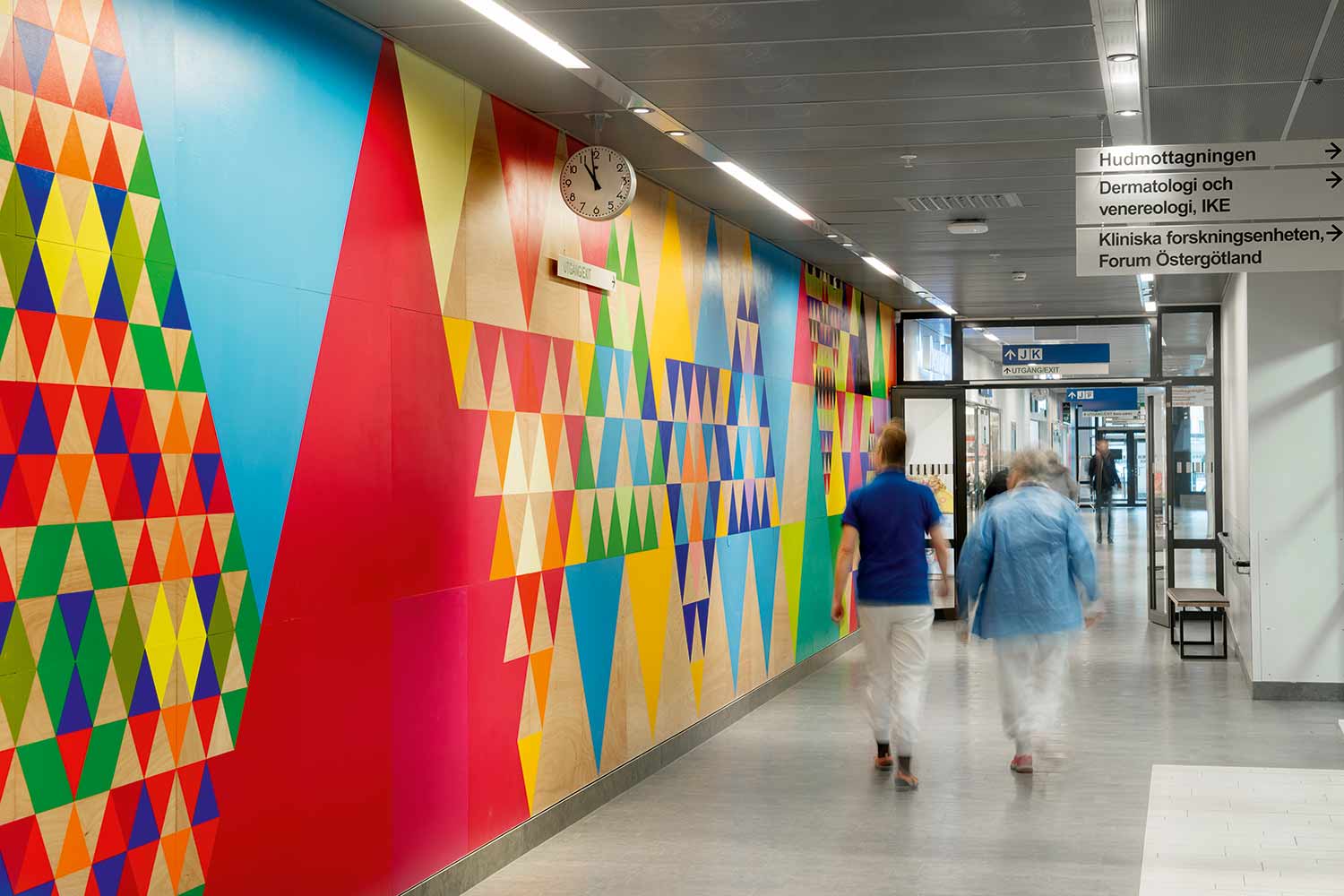
Can you tell us a bit more about that project?
When I was commissioned by Vital Arts to design the five dining rooms at the Royal London Children’s hospital, I proposed to work with Lemn on the project. He did poetry workshops with the young patients and I ran visual workshops with the words. We then made murals by combining the words with the visuals, so the dining rooms belonged to the young patients – it was their ideas on the walls.
I also displayed all the young patients’ original drawings in frames on the walls, so they and their parents could see it and it was clear the patients were at the centre of the artwork. It’s important that young patients and their families feel comfortable in these environments, because often they stay for long periods of time or return regularly as a child grows.
Recently you redesigned a number of bedrooms at Sheffield Children’s hospital. What was it about the project that attracted you?
I had only ever made work for the public spaces in the hospitals. I had never been allowed into the much more sensitive spaces of the bedrooms. I was commissioned by Cat Powell at Artfelt, the arts trust for Sheffield Children’s Hospital. It’s important to work with the clinical staff and patients to explain what you’re trying to achieve, and for them to believe in what you’re doing. I wanted to make a home from home for the young patients and their families. A place they felt comfortable in.
You’ve designed several exhibitions for London’s Design Museum. Is working with arts clients as free and creative as you’d expect?
The permanent exhibition DESIGNER MAKER USER was a first for the Design Museum. It was partly funded by the HLF [Heritage Lottery Fund] and so there are lots of processes and evaluations you have to go through along the way. In total the project duration ended up being five years.
Working on exhibitions with lots of content is different to making large art installations. You’re working with content curated by others, which the structure has to display. The most important thing with long projects is that you must always try and hold on to a vision throughout the process.
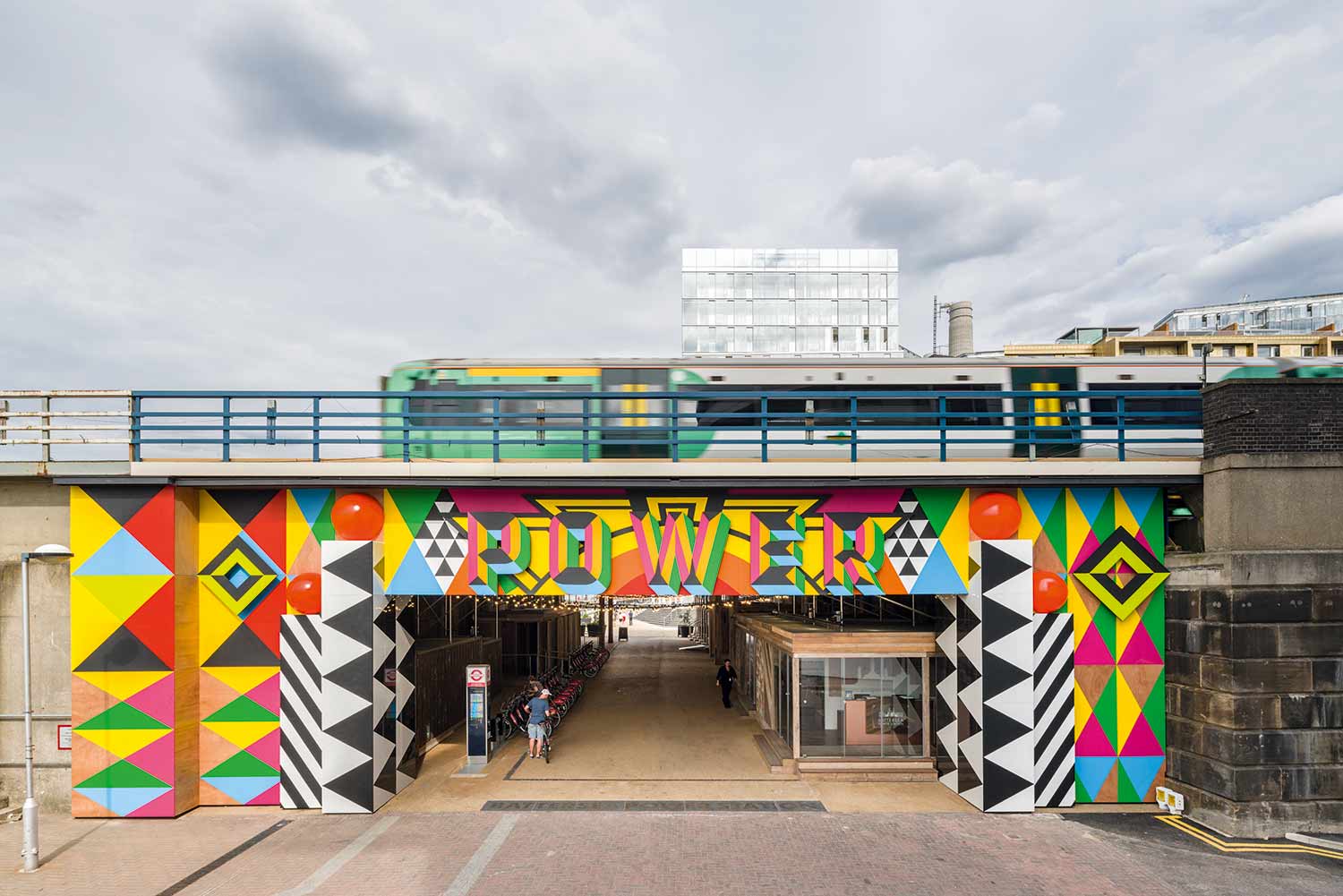
You've spoken about trying to give creativity, strength and power to people in London with your Joy & Peace installations. Is that something you think is lacking at the moment?
I wouldn’t say lacking, but I think it’s important to support the community and bring the people in it together, even in the smallest ways. There are so many amazing people here – the Artskickers who work tirelessly to put a community awards ceremony on each year to recognise the incredible work being done in local communities and the South London Gallery arts club for local families on Sceaux Estate, and All Change in Islington, to name only a few. But all these groups need as much support as possible to thrive.
I believe in the strength of ‘belonging’ and how that can bond communities together. If people work to make and build their own surroundings, they have much more investment in it. They’ll work together to make it grow and maintain it. It’s my mantra: ‘Make happy those who are near and those who are far will come.’
A few years ago in an interview, you said: ‘Every year I re-evaluate what I do’. Is that something you still do? What conclusions did you come to this year?
This has been a strange year for me, as my mother died at the end of last year and so that instantly changes you. It has been a year of re-evaluating and very much thinking about time and what’s next.
I’ve had a very productive year and fortunately am always moving forward. But next year I’m also going to make some projects that I’ve had on hold, which I know I must do now and not put off until tomorrow.
To read the full interview with Morag, grab a copy of issue 290 of Computer Arts today. Or subscribe to Computer Arts.
Related articles:

Thank you for reading 5 articles this month* Join now for unlimited access
Enjoy your first month for just £1 / $1 / €1
*Read 5 free articles per month without a subscription

Join now for unlimited access
Try first month for just £1 / $1 / €1
Get the Creative Bloq Newsletter
Daily design news, reviews, how-tos and more, as picked by the editors.
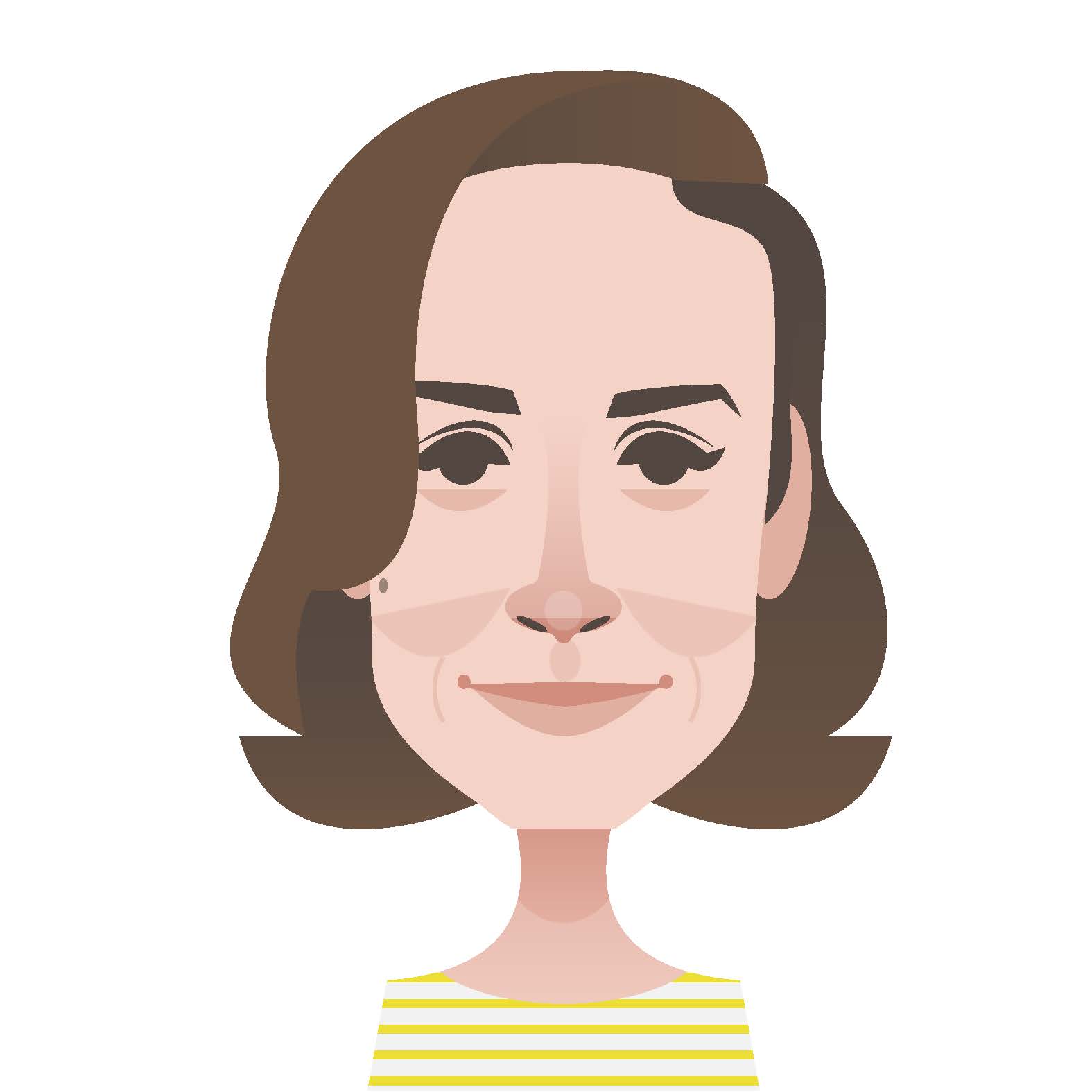
Ruth spent a couple of years as Deputy Editor of Creative Bloq, and has also either worked on or written for almost all of the site's former and current design print titles, from Computer Arts to ImagineFX. She now spends her days reviewing small appliances as the Homes Editor at TechRadar, but still occasionally writes about design on a freelance basis in her spare time.
